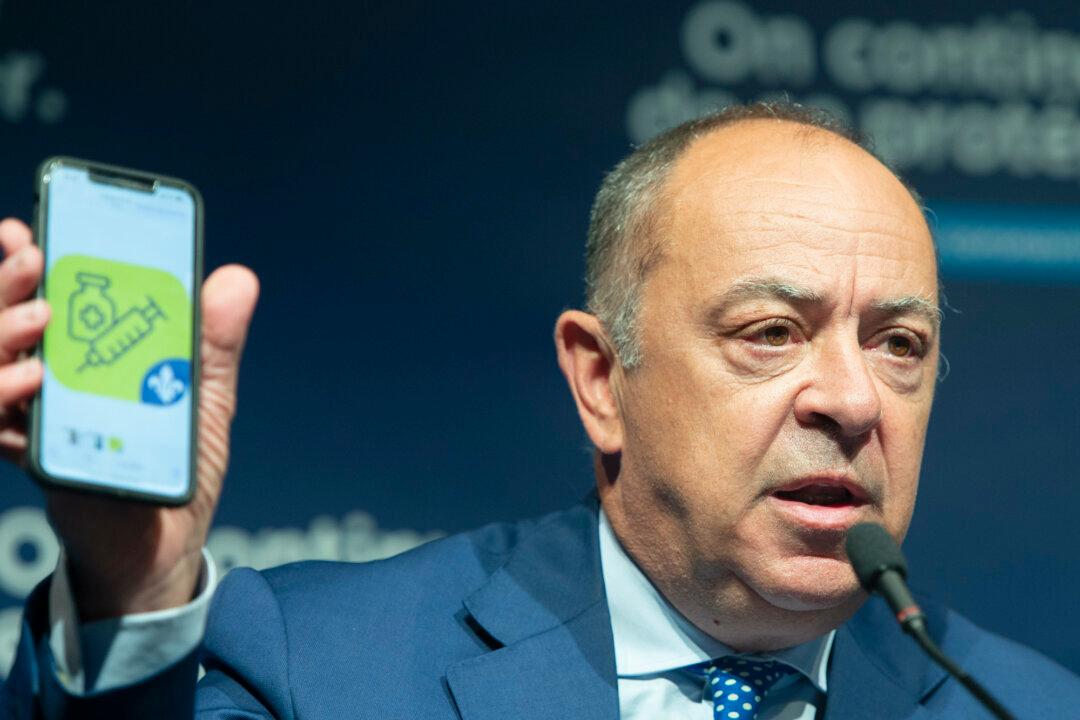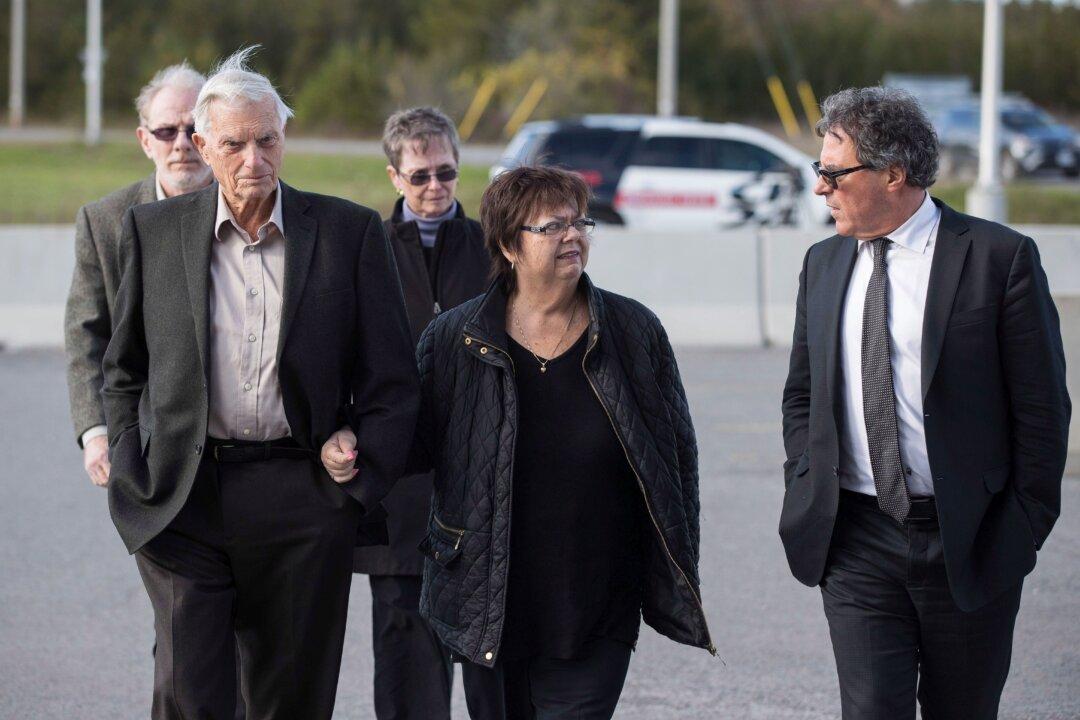A shortage of protective gear for front-line health-care workers, including gowns, gloves, and surgical masks, is putting lives at risk in the midst of the COVID-19 pandemic threatening Canadians, says an Ontario physician.
“We would never put our soldiers on the front lines without the personal equipment, the protection that they needed, but that’s what we’re doing to our front-line doctors and nurses,” said Dr. Kulvinder Gill, president of Concerned Ontario Doctors and a longtime critic of inadequate hospital funding.
As shortages extended to virus-testing ability, Gill said authorities “started rationing testing. And they are only testing people … basically that have travel risk factors that are symptomatic.”
There have already been thousands of confirmed and presumptive cases of the CCP (Chinese Communist Party) virus in Canada, and over 35 deaths as of the evening of March 25.
The number of completed COVID-19 tests as of March 25 stood at just around 111, 300, leaving scores untested or tested too late, Gill told The Epoch Times.
“Two of the cases in Ontario that died of COVID-19—their test did not come up positive until after they died,” she said.




